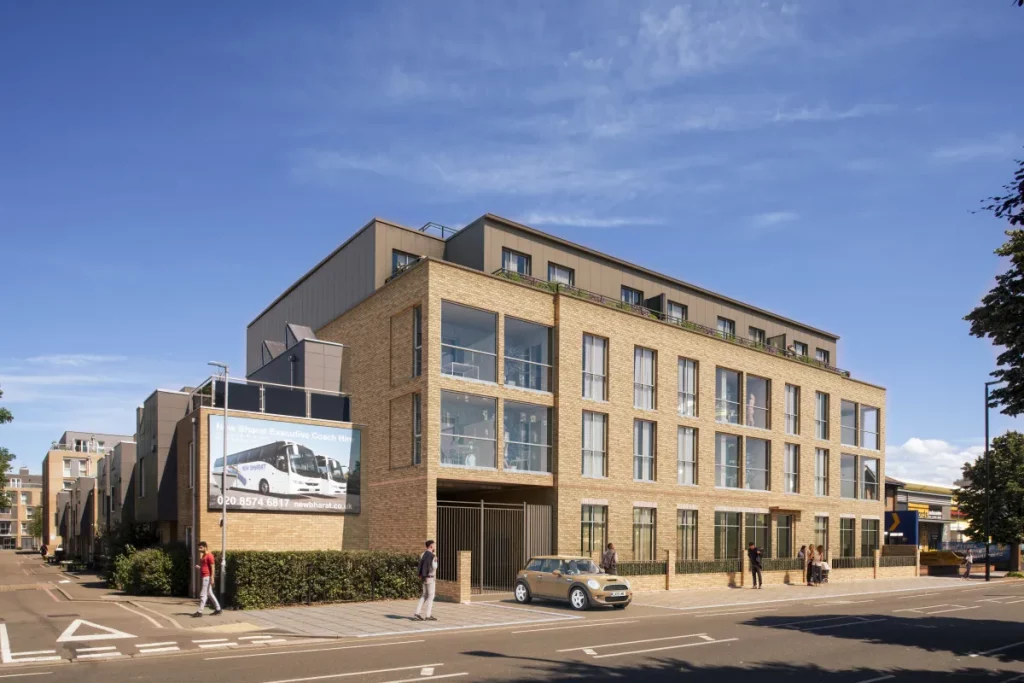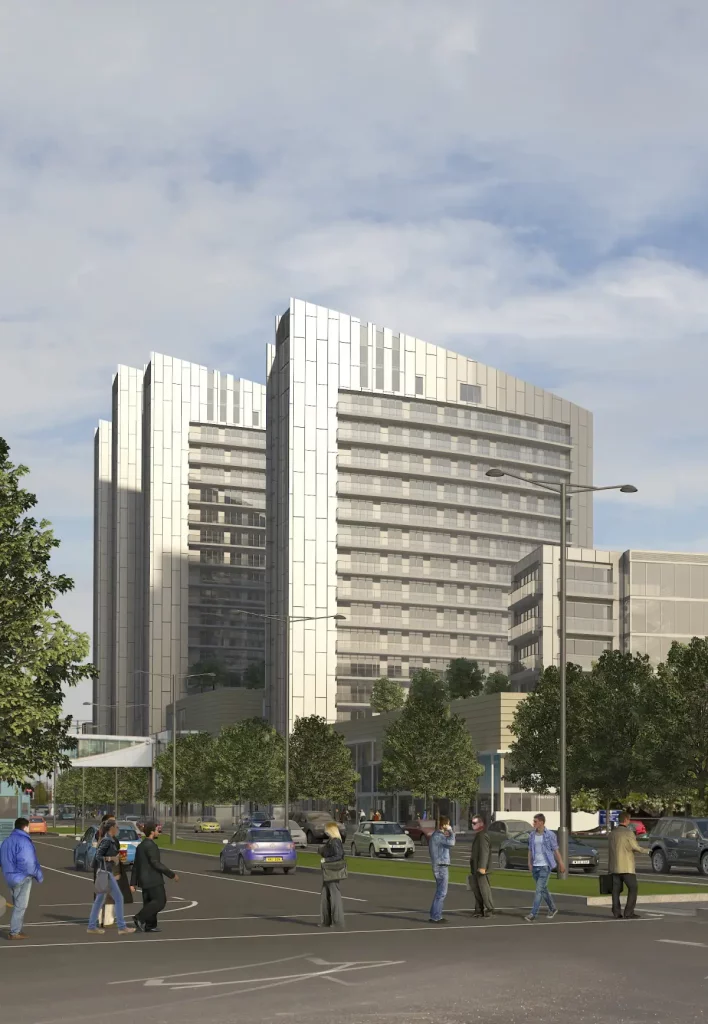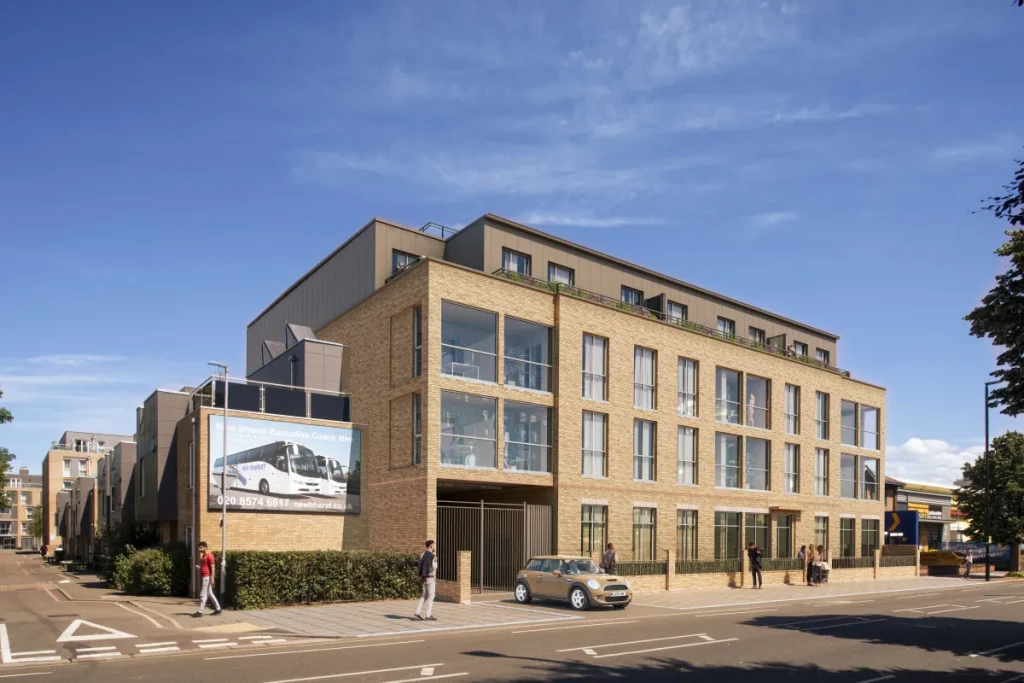Principal Designer
Design compliance managed from day one.
What a principal designer mean for your project
The term “principal designer” now refers to two distinct legal roles in the UK: the CDM Principal Designer under the Construction (Design and Management) Regulations 2015, and the Building Regulations Principal Designer (BRPD) introduced under the Building Safety Act 2022. We are primarily interested in fulfilling the second role (BRPD) for our clients, but can and will contribute in either one if we’re the right fit for the project. Both roles exist to ensure that design risks are identified and mitigated and that the finished building complies with legislation.
Project calculator


How GAA can act as principal designer on your project
When appointed as Building Regulations Principal Designer, we begin by identifying all relevant requirements for the project. These may include fire safety, structural integrity, energy performance, accessibility and sustainability.
Using Plannerly, we create an MIDP that allocates each requirement to a specific consultant and sets deadlines for their justification statements. We hold regular design coordination meetings to ensure consultants understand their duties and are producing evidence of compliance. We review each justification statement critically; if information is missing or insufficient, we request revisions.
We also maintain a digital “golden thread” of information, ensuring that all design decisions, changes and approvals are recorded. Towards the end of the project we compile the evidence into the “Gateway 3” submission to the Building Safety Regulator or, for lower‑risk schemes, to the Approved Inspector. We then sign the declaration alongside the principal contractor.
When we act as CDM Principal Designer, we prepare the pre‑construction information, identify hazards, collaborate with contractors to plan safe construction and compile the health and safety file upon completion. Throughout, we provide clear advice to clients about their responsibilities and ensure that legal obligations are met.
Buildability at concept
Compliance champion
A closer look at principal designer roles
All services
01
Our approach to principal designer roles
GAA acts as the Building Regulations Principal Designer on most of our projects and offers CDM Principal Designer services where appropriate. We take these roles seriously because they place legal obligations on us and on our clients, and getting it wrong isn’t an option. We also recognise that these roles can contribute significant worth to a project, ensuring it is safer, more efficient, and more environmentally friendly.
02
MIDP
Acting as the BRPD involves creating a Master Information Delivery Plan (MIDP), which we’ll create with industry leading tools like Plannerly. The MIDP sets out which design team member must demonstrate compliance with each relevant requirement and when. We monitor the design process, check justifications provided by consultants, and ask awkward questions when necessary. We then assemble the evidence into a coherent package for submission to the Building Safety Regulator or Approved Inspector. At the end of the project, we sign the declaration confirming that the building has been constructed in accordance with the approved design.
03
Information and risks
We also provide CDM Principal Designer services on smaller projects, preparing pre‑construction information, highlighting design risks to contractors and compiling the health and safety file. On larger projects we often choose to collaborate with independent CDM specialists.
04
Obligations and responsibilities
In both cases, the principal designer is appointed by the client at the outset of a project, and has control over the design work. Duties include planning, managing, monitoring and coordinating design activities; ensuring that designers comply with their obligations under building regulations; reviewing design work to confirm that it complies with applicable regulations; and coordinating with the principal contractor. Where these roles differ is that the CDM Principal Designer focuses on health and safety during construction, while the BRPD Principal Designer focuses on design compliance.
05
Golden thread requirements
In higher‑risk projects, the principal designer must maintain the “golden thread” of information: keeping records of design decisions, changes and evidence of compliance. Competence requirements for the role include knowledge of legal and regulatory frameworks, design management skills and technical understanding of the building’s systems.
Need help?
Contact us
What is the difference between a CDM Principal Designer and a Building Regulations Principal Designer?
The CDM Principal Designer focuses on health and safety risk management during the pre‑construction and construction phases. The Building Regulations Principal Designer focuses on ensuring that the design complies with all relevant regulations throughout the project. Many projects require both roles; sometimes one organisation can perform both if they have the necessary competence.
Do I have to appoint a principal designer?
Yes. Under CDM Regulations 2015 and the Building Safety Act 2022, clients must appoint a competent principal designer for any project involving more than one contractor. Failure to do so is an offence.
Can my architect act as principal designer?
Often, yes. Architects are well placed to coordinate design and understand regulatory requirements. However, they must demonstrate appropriate skills, knowledge and experience. GAA has built systems and expertise to perform the role on a wide range of projects. On very large or specialist schemes, we may recommend partnering with a dedicated specialist.
What is the “golden thread” of information?
It is the continuous record of design decisions, evidence of compliance and changes made throughout the project. For higher‑risk buildings, maintaining the golden thread is a legal requirement.
When should I appoint the principal designer?
As early as possible… ideally before concept design. Early appointment allows the principal designer to influence the design to ensure compliance and to set up appropriate information management systems.
What happens if I change designers mid‑project?
The principal designer remains responsible for overall design compliance. New designers must collaborate with the principal designer and provide justification statements for their elements. Neither the client nor the principal designer can evade responsibility by appointing a new designer mid‑way.
Your next step
Whether you’re ready to get started or just exploring your options, we’d love to hear from you.


